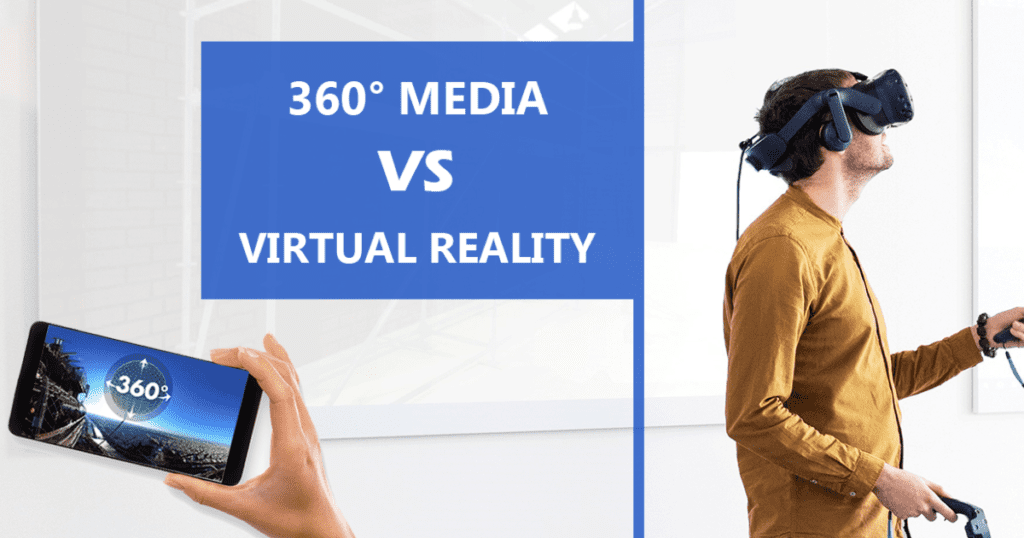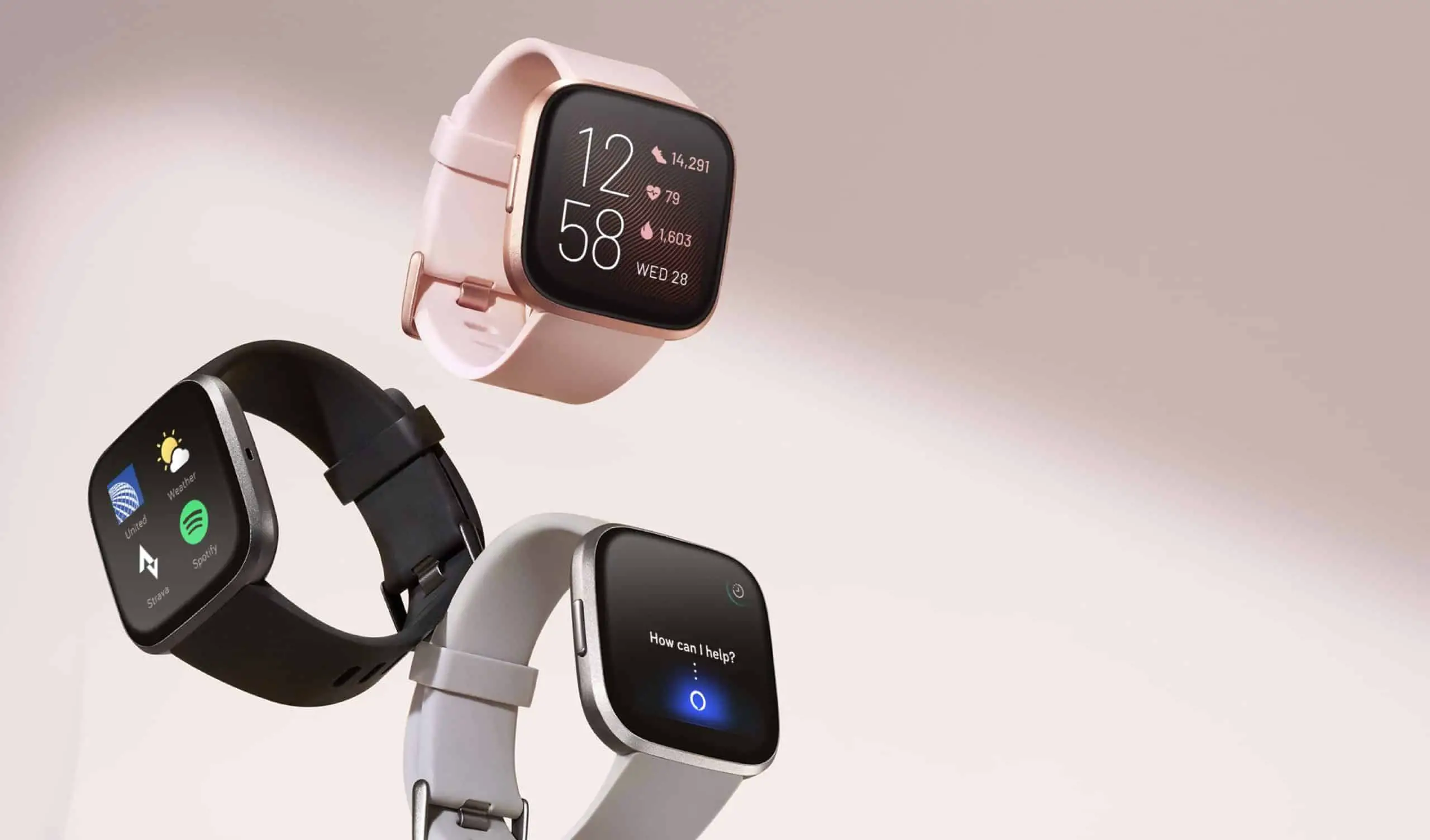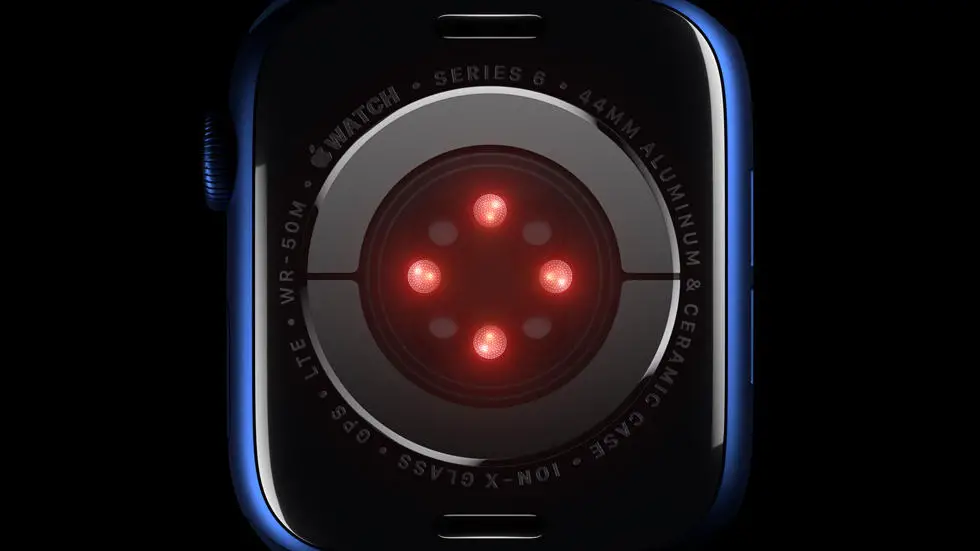The term “Virtual Reality” refers to a kind of simulation created entirely by software. The deep engagement may happen by adopting special headsets. From the comfort of their own home, a viewer may experience VR in any location or circumstance. It, however, virtual reality 360 is not a new concept.
360-degree movies, on the other hand, are shot using specialized cameras. Images may capture from any angle using these cameras. Viewers of 360-degree videos may navigate the video by moving their mobile devices.
What Is Virtual Reality?
Creating a virtual world that seems to be real is known as Virtual Reality (VR), and it is a technology. Because it is the most obvious kind of virtual reality, it ought to be mentioned first (HMD).
Depending on the program, the user may walk freely and interact with the surroundings in the non-real, computer-generated world. This universe is largely controlled and navigated by using a controller and head motions.
Everything possible may achieve in this environment; for example, things and goods can be exhibited and modified in life-size, which the user would otherwise never have seen; the only limitations are cost and time consumption.
A head-mounted display, such as VR glasses, is required to immerse oneself in Virtual Reality. Experiences in virtual reality may also display on a mobile phone, tablet, or computer.
Even non-developers may now become involved in producing Virtual Reality experiences thanks to the emergence of user-friendly drag and drop software for constructing immersive virtual worlds. Virtual reality’s rising accessibility has raised its relevance across many sectors, and it incorporates into many common business procedures.
What Is 360-Degree Video?
While 360-degree films may be immersive, they lack many aspects that make VR seem real. While VR comprises physically generated places and objects, 360-degree films and photos are made by stitching together a collection of two-dimensional photographs.
In some cases, they may create by utilizing high-tech cameras that concurrently capture photographs or videos of the same scene from many perspectives. Computer learning is also making it possible to make spatially reconstructed environments from many pictures captured with a standard camera.
These settings provide the sense that the observer is in the middle of a globe when seen. You can look around the globe but not travel it.
Because the visuals or video that comprise the experience were collected from a single place, moving away from that point would induce distortion. If the camera switches, you may be able to go from one area to another, but this is typically the limit of your freedom of movement.
There are many 360-degree videos on YouTube. While they haven’t yet grouped these films into their content section, you can search for “360 videos” or “immersive videos” and discover a number of them, generally with specific indicators on the thumbnail preview to indicate that they’re immersive.
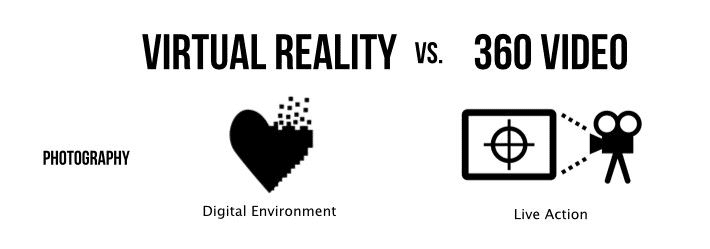
Virtual Reality Vs. 360-Video
The main reason why the two words are used interchangeably is that they both utilize comparable technologies. Head-mounted displays can immerse you in virtual reality while also allowing you to see the 360-degree video.
In comparison to more traditional forms of gaming and media, virtual reality and 360° seem similar; nevertheless, a deeper look reveals substantial distinctions. Here are the variations:
Photography
You’ll notice the most significant differences between VR video and 360° video in the photography of both mediums. The photography in a virtual reality setting is made digitally; as previously said, this refers to a virtual environment or VE.
These landscapes, characters, and features are often created by a team of specialists in a digital studio using computers and software applications.
360° video is taken from a real-life landscape. These live-action films are not recreations of things you could see in your regular life; they are genuine recordings shot in real locations that anybody can view.
Mobility
In a virtual reality environment, your mobility is limited only by the restrictions set by the program developer. In these settings, you may usually transfer your virtual body’s location to other parts of the planet.
If you use a controller, you can even move your body while looking about with your head. In many ways, it’s like playing first-person shooters.
The size of the planet can’t investigate in any practical manner. Instead, you’re constrained to the camera located at the time the film captures. If the camera was moving while the video was filmed, you will travel around.
Staring out the window while driving is like that. You can move your head and swivel it to see various world sections, but your body’s position is limited to where the automobile is.
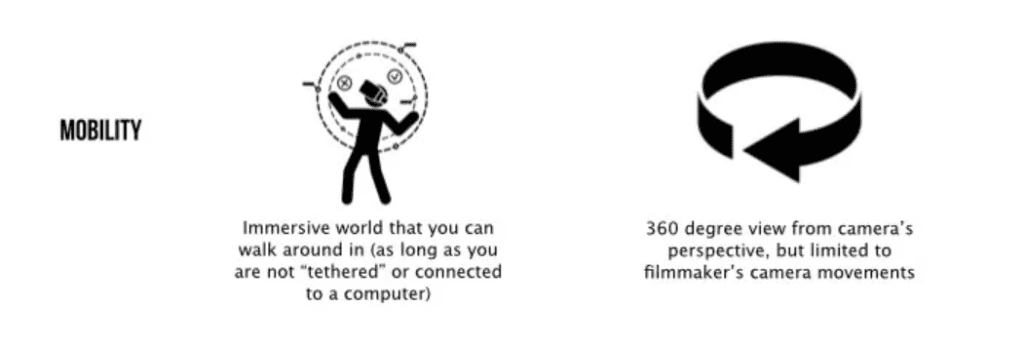
Content/Story
Because the filmmaker has no control over what the viewer sees, creating material and stories for VR is significantly more in-depth than for 360°. To captivate the audience, you must ensure that every nook and cranny has been meticulously designed.
Your task isn’t complete until you put a specific emphasis on persuading them to want to spend more time at your establishment. It’s crucial to captivate the viewer’s attention with 360° video, even if you have complete control over what your viewers can see.
Overall, both technologies are intriguing and have influenced how we consume material daily. Virtual reality seems to be a more advanced technology that enables gamers to explore a whole new cosmos, while 360° video is ideal for real-life applications.
Platforms
Because virtual reality requires a significant amount of computing power, VR systems are often connected to a powerful computer. On the other hand, VR may be utilized on many current smartphones when linked with something like Google Cardboard.
The 360-degree video utilizes the same gear as virtual reality. These gadgets are known as head-mounted displays since they are worn on your head while in use. Many people mix up 360-video with virtual reality because they both employ head-mounted displays.
However, 360-video does not need the use of a head-mounted display. Videos may be seen on standard monitors, but they must be interacted with. It’s normal to accomplish this using a mouse or the screen of a mobile phone, for example.
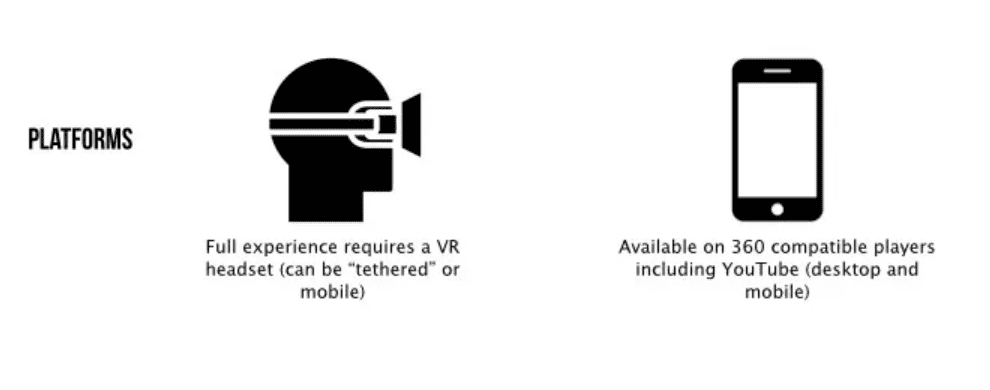
Rendered Environment
The most significant difference between the two is the way the environment represents. A computer application, such as Unity, is used to build a world area in virtual reality scenarios. It is precisely how game development carries out.
Using this way of generating 3D worlds, the user may interact with many different objects simultaneously. In addition, in these gaming environments, there is usually a physics system that is continually calculating how to move items in the world.
In contrast, 360-degree video is simply video footage. While constructing virtual worlds in virtual reality is a complex process that involves software engineers and 3D artists, 360-video is considerably simpler to generate. Producing a 360-video is comparable to making a “traditional” 2D video, but the camera utilized is different.
Timeline
To keep their players engaged, game creators are increasingly using VR video since it enables them to add a long timeline. Because you may design a succession of events or distinct experiences that exist in a theoretical universe, the timeline with virtual reality might be infinite.
The chronology advances depending on the user’s activities, but with 360° video, the timeline progresses based on what the filmmaker has captured.
To plot, though, virtual reality and 360-videos have one thing in common. The game developer or videomaker has complete control over what the viewer sees in a typical video game or traditional video. Moving about or gazing around in a game may restrict by the game’s design.
Keeping things in and out of the frame determines what the viewer sees in a conventional video. However, with virtual reality and 360-video, the user can move his or her head at any moment.
It implies that the developer or video producer may have to use many strategies to encourage the player to gaze in specific directions when necessary.
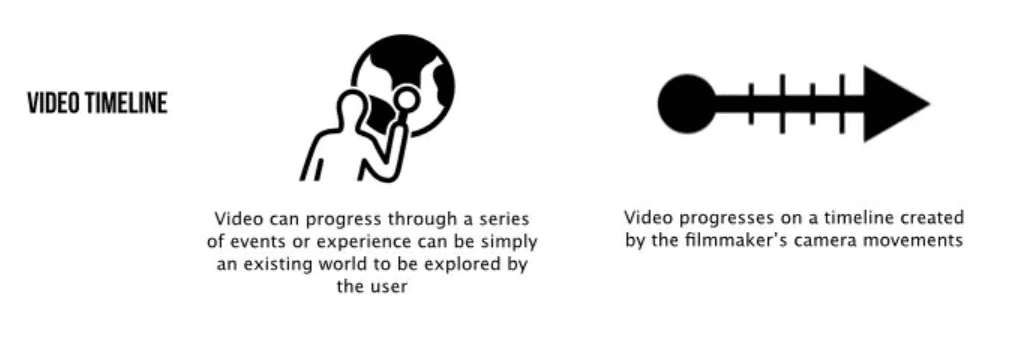
Conclusion:
Both have advantages and disadvantages. On the one hand, virtual reality provides far greater flexibility and interactivity than 360 videos. 360-video, on the other hand, may be considerably more realistic since it utilizes actual footage rather than 3D-created materials.
360-video also does not need as many technical talents to generate content, while virtual reality necessitates the inclusion of a game developer or someone who can code in addition to someone who can build 3D assets.
Virtual reality and 360-video are both fantastic, and they both have a role in education and training. It is up to educators to choose when each device should use.

